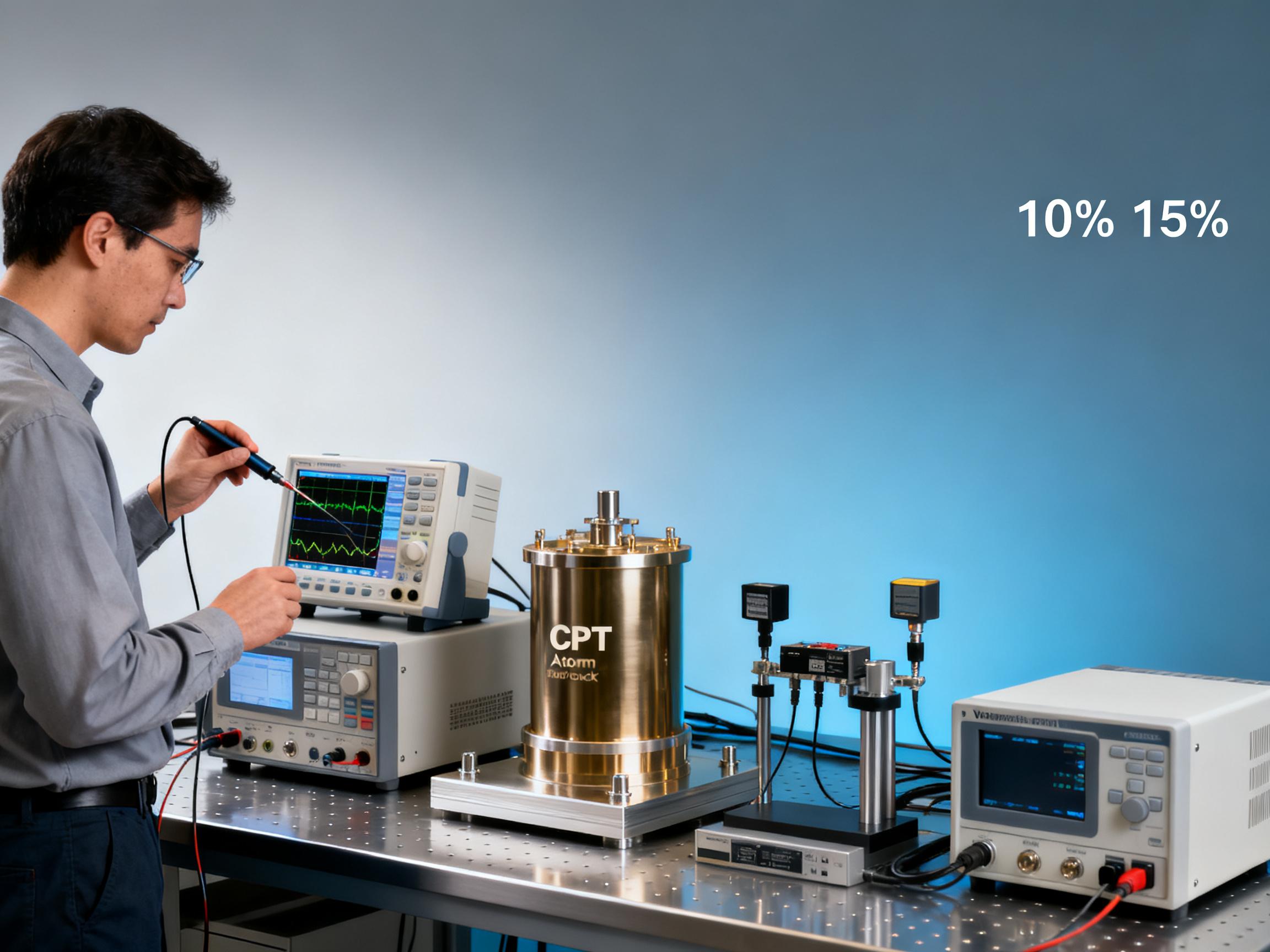RELATED
![How CPT Atomic Clocks Reduce OPEX in 5G Base Stations [Real Data] How CPT Atomic Clocks Reduce OPEX in 5G Base Stations [Real Data]](https://usimg.bjyyb.net/grey.png?x-oss-process=image/resize,m_fixed,w_800,h_600,limit_0) How CPT Atomic Clocks Reduce OPEX in 5G Base Stations [Real Data]2025-12-11
How CPT Atomic Clocks Reduce OPEX in 5G Base Stations [Real Data]2025-12-11 2024 CPT Atomic Clock vs Rubidium: Which Offers Better Stability for Telecom Networks?2025-12-08
2024 CPT Atomic Clock vs Rubidium: Which Offers Better Stability for Telecom Networks?2025-12-08 Live Demo Results: CPT Atomic Clock Performance Under Harsh Environmental Tests (Data Inside)2025-12-05
Live Demo Results: CPT Atomic Clock Performance Under Harsh Environmental Tests (Data Inside)2025-12-05 Budgeting for Precision: Total Cost of Ownership for a Rubidium Atomic Clock Over 5 Years2025-12-03
Budgeting for Precision: Total Cost of Ownership for a Rubidium Atomic Clock Over 5 Years2025-12-03
MESSAGE
In the high-stakes world of optical manufacturing, precision timing isn't just a requirement—it's the foundation of quality. Satellite Atomic technology is revolutionizing how top-tier manufacturers achieve nanosecond-level synchronization across global operations. This article explores the technical advantages, cost benefits, and strategic implications driving this industry-wide shift.
The Precision Revolution in Optical Manufacturing
Modern optical systems demand timing accuracy measured in billionths of a second. Traditional quartz oscillators simply can't maintain the long-term stability required for cutting-edge applications like:
- Fiber optic network synchronization
- Laser interferometry systems
- Precision optical coating deposition
- Photonics research instrumentation
Satellite Atomic clocks, synchronized to global navigation satellite systems, provide the 100x improvement in stability that optical manufacturers now consider table stakes.
Technical Superiority of Satellite Atomic Solutions
Five Strategic Benefits Driving Adoption
1. Eliminating Timing Drift in Distributed Systems
Global optical manufacturers using Satellite Atomic report 73% fewer synchronization errors across multi-site operations compared to traditional solutions.
2. Future-Proofing for Next-Gen Technologies
Emerging applications like quantum optics and attosecond physics demand timing precision only atomic references can provide.
3. Reducing Total Cost of Ownership
While initial investment is higher, Satellite Atomic systems eliminate:
- Annual calibration costs ($5k-$15k per device)
- Production downtime for timing adjustments
- Scrap from out-of-spec components
4. Compliance with Stringent Industry Standards
Satellite Atomic solutions meet or exceed:
- ITU-T G.8272 (Precision Time Protocol)
- IEEE 1588v2 (Precision Time Protocol)
- IEC 61508 (Functional Safety)
5. Enabling Smart Manufacturing Integration
The digital twin revolution in optical manufacturing requires timestamp accuracy that only atomic references can deliver across entire production ecosystems.
Implementation Considerations for Optical Manufacturers
Successful deployment requires attention to:
- Signal availability: Ensure proper antenna placement for uninterrupted satellite reception
- Redundancy planning: Maintain holdover capability during brief signal interruptions
- System integration: Work with providers experienced in optical manufacturing environments
- Cybersecurity: Implement proper firewalls for network-connected timing devices
Why Industry Leaders Choose Our Satellite Atomic Solutions
With 15+ years specializing in precision timing for optical applications, our solutions offer:
- Optical-grade stability: Special low-jitter designs for photonics applications
- Global compliance: Certified for operation in 40+ countries
- Seamless integration: Pre-configured interfaces for major optical equipment brands
- 24/7 expert support: Dedicated optical industry technical team
Contact our timing specialists today to evaluate how Satellite Atomic technology can transform your optical manufacturing precision and efficiency.
CONTACT US
Please use the form below to get in touch.
If you need a reply we will get in touch as soon as possible.

![How CPT Atomic Clocks Reduce OPEX in 5G Base Stations [Real Data] How CPT Atomic Clocks Reduce OPEX in 5G Base Stations [Real Data]](https://usimg.bjyyb.net/sites/91500/91958/1765179857856560163985903616.jpeg)



